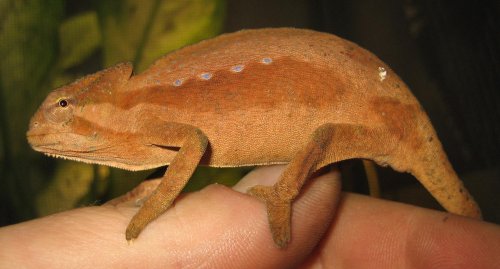Chase
Chameleon Enthusiast
Wish I had been aware of the quads and montiums coming in ahead of time. I would have made some different chameleon purchase choices in November and December. I bred both in years past.
Do they come in about the same time every year?
Laurie- size is a two edge sword. On the one hand they may not be ready to breed, on the other they may do better long term and be around longer for breeding than the large ones. Unless it is just low body weight, then that really is sad but you may be surprised how quickly they can bounce back once the survivors are de-parisitized and hydrated.
Considering the fact that these animals are exported less often, their condition in the photos is very dissapointing. Seems like with fewer going out, the exporters could take better care of them. These have obviously been in the hands of an ignoramus somewhere in Africa too long...
I think this is the first shipment in 4 years. I got mine at the very beginning of 2011 (Jan 15 to be exact). I'm not sure before then, but I do know that at least in this case they came in around the same time.
I picked up 2.3 peacocks. I believe they are all T. perreti, but not 100 percent sure. Too busy to really try to figure it out right now. Just trying to get them plenty of food and water. I'm dealing with one sleepy one that is getting special attention. It is trying to give up, but I'm not letting it.
I'll get some photos up when I can. With holiday business rush and other commitments I'm doing 80 hour weeks right now.
Is the male you thought was T. serratus looking more like perreti now? I'm crossing my fingers for that sleeper! Goof luck with it.
Chase






